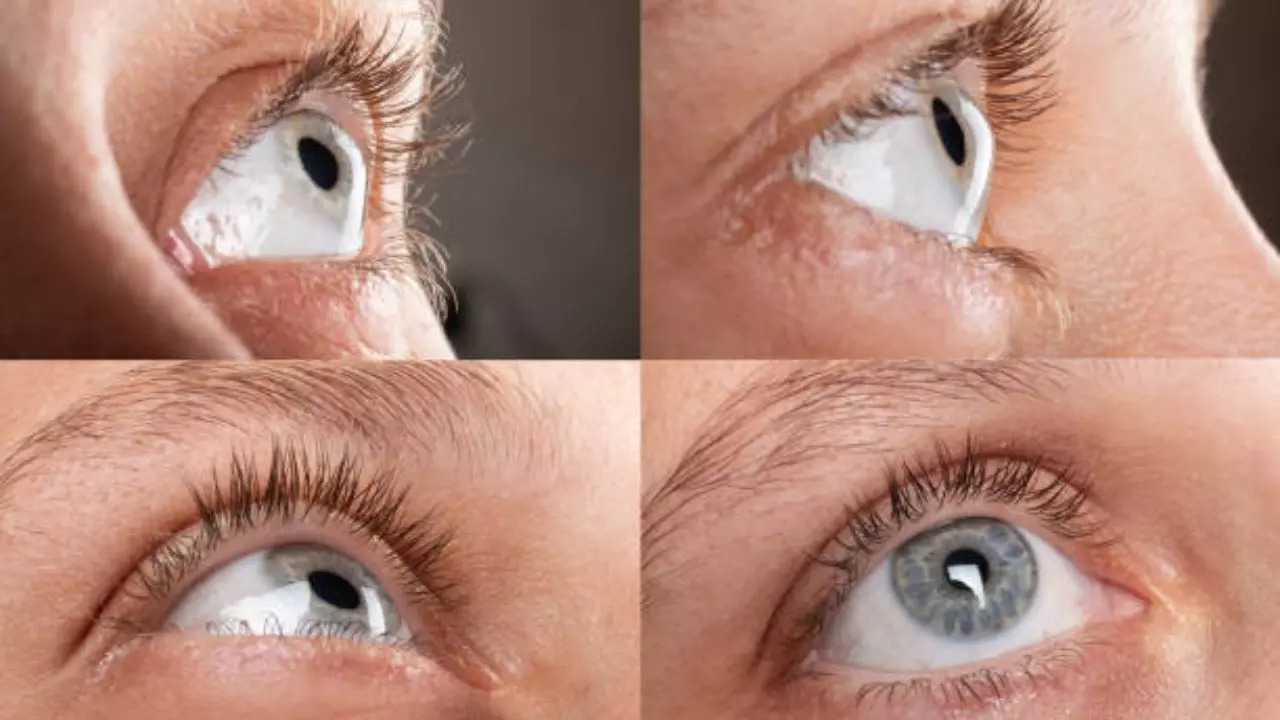Contents
-
news
-
Health
Eye infections, injuries leading causes of corneal blindness in India; Is there any definite treatment for it?
Corneal blindness is on the rise in India, with an estimated 20,000 to 25,000 new cases being reported in the country every year. It is a significant cause of vision loss in the country, accounting for about 7.5 percent of the total blindness burden. The causes of corneal blindness have changed in recent years from infectious diseases such as keratitis to eye trauma and other eye complications, but the burden remains considerable, especially in rural areas where access to eye care is limited.

Experts say the leading cause of these eye disorders has changed in recent years from infectious diseases such as keratitis to eye trauma and other eye complications
The estimated 20,000-25,000 new cases of corneal blindness in India are worrying doctors, who say untreated infections and injuries are the major causes. Corneal blindness is a significant cause of vision loss in the country, accounting for about 7.5 percent of the total blindness burden.
According to experts, the leading cause of these eye disorders has changed in recent years from infectious diseases such as keratitis to eye trauma and other eye complications, “but the burden remains considerable, especially in rural areas where access to eye care is limited.” is limited,” Dr. Smit Bavaria, cataract surgeon at Dr. Agarwal Eye Hospital, said at a press conference during the ongoing Blindness Awareness Month.
Dr. Bavaria said keratitis can range from mild irritation, redness or vision loss to severe scarring or clouding of the cornea, which can lead to partial or complete vision loss if left untreated. However, treatment is most effective in patients who receive early intervention, especially those who have infections or minor injuries that have not yet caused deep damage to the cornea. “Without timely treatment, many patients, especially in rural or deprived areas, develop irreversible blindness,” he said.
what is corneal blindness,
Corneal blindness is a group of eye disorders that alter the transparency of the cornea, leading to scarring and permanent blindness. Doctors say that the age of people affected by corneal blindness can be between 20 and 30 years. It has been observed that the symptoms of corneal blindness also include eye pain, sensitivity to light, red eyes and poor vision.
According to Dr. Preeti Naveen, senior cornea and refractive surgeon and medical director at Dr. Agarwal Eye Bank, the important reasons behind the increase in the number of corneal blindness include Vitamin A deficiency among people and hygiene issues.
“The high prevalence of corneal blindness in India is mainly due to infections such as trachoma and keratitis, eye injuries in industrial and agricultural settings and widespread vitamin A deficiency. Poor sanitation, late medical intervention and limited access to health care, especially in rural areas, further exacerbates the problem,” he said, adding that children also suffer from the condition due to malnutrition and limited health care access.
How can you diagnose corneal blindness?
According to Dr. Naveen, there are various diagnostic methods for corneal blindness, including:
- a comprehensive eye examination
- visual acuity test
- Slit-Lamp Biomicroscopy
All of these allow ophthalmologists to assess the clarity of the cornea and identify conditions such as keratitis, ulcers or scarring. “Advanced imaging techniques such as anterior segment optical coherence tomography (AS-OCT) and corneal topography provide detailed assessment of corneal thickness and surface irregularities, aiding accurate diagnosis,” he said.
Is there any definite cure for corneal blindness?
Experts say that the sure shot treatment of corneal blindness is corneal transplantation or corneal grafting. In this surgery, part or all of the cornea is replaced with a cornea donated by another person upon death. However, doctors say there are still a large number of people waiting for cornea transplants due to the low number of eyes donated every year. “Despite efforts to promote eye donations and corneal transplants, the demand for corneas far exceeds the supply, with only 25,000 to 30,000 corneas donated annually against the requirement of 200,000 transplants,” said Dr Sanjana, a Bengaluru-based cornea and refractive eye surgeon. Vatsa said. Agarwal Eye Hospital.
Therefore, the most important directions for reducing corneal blindness are twofold: promoting eye donation and transplantation, while at the same time, preventing corneal blindness by improving awareness of eye diseases and promoting timely intervention.
Additionally, according to Dr. Vats, there is a need to raise awareness and importance of cornea donation through public participation along with implementation of programs to address nutritional deficiencies, especially vitamin A supplementation, in vulnerable populations.
Get the latest news live on Times Now with breaking news and top headlines from around the world.


